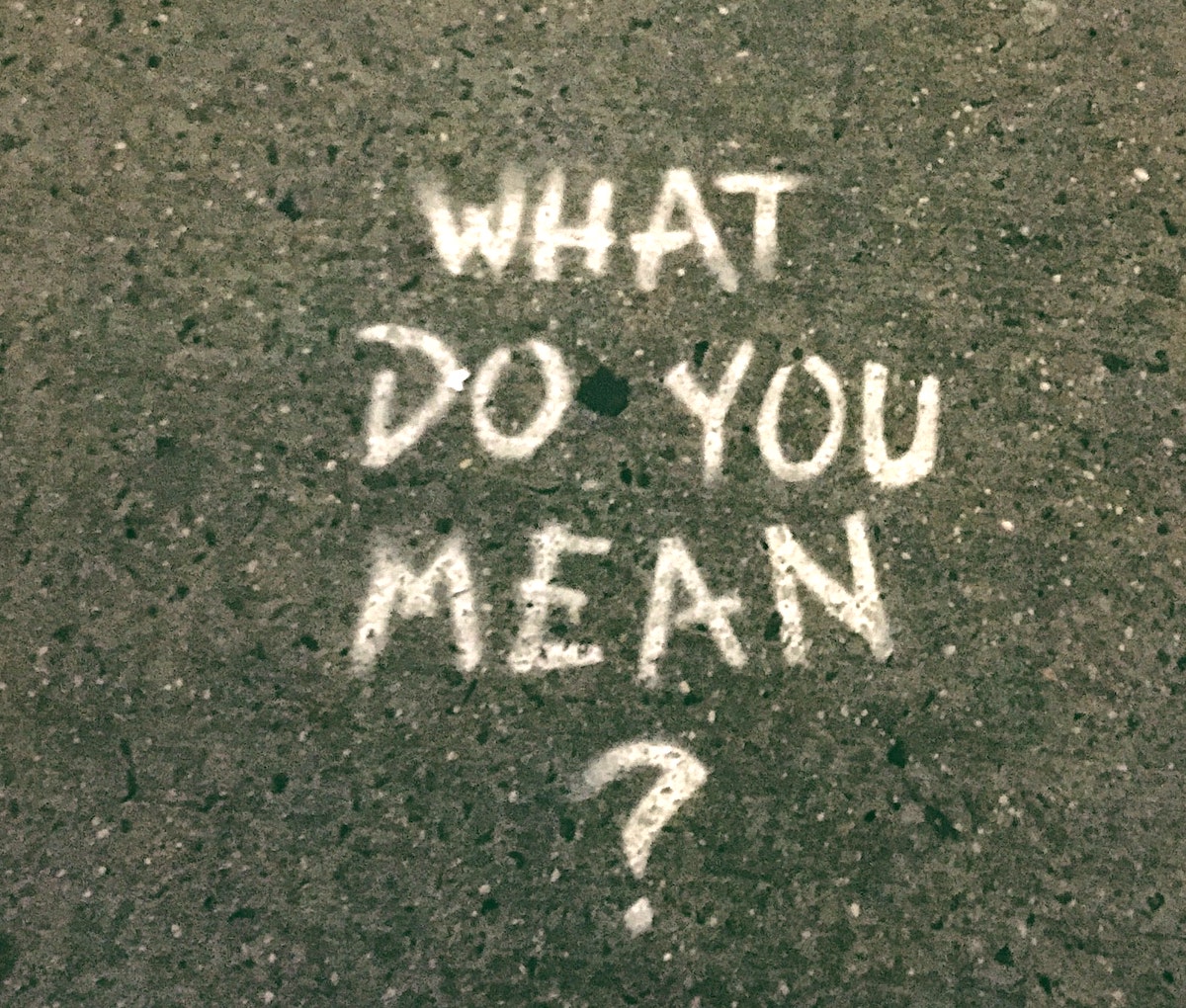“I feel helpless,” wrote a White art teacher on social media in response to everything going on in our country. Recent events have spurred a call for action to support your art students, but you might not be sure how to proceed. For many educators, these past few months have put a spotlight on systems in our country that privilege some and oppress others. These systems have always been in place, and perhaps it took the perfect storm of the coronavirus and death in addition to economic disruption to create a message impossible to ignore.
These systems aren’t in some faraway land; they are everywhere in our lives, including education. The very institutions educators hold up as the great equalizer for young people are also one of the most racist structures negatively impacting students of color. For educators, this is a tough pill to swallow. We want to believe we are doing good for all students. After all, we have spent thousands of dollars on degrees and have committed our lives to help young people be successful. Yes, and the educational system is still racist.

Art teachers everywhere, regardless of their student populations, can be change agents, take action to better support students of color, and dismantle inequitable systems in their school. The ideas below are not a recipe or a checklist to become anti-racist. Rather, it’s a compilation of ideas to help you on your journey of reflection, racial understanding, and action.
How can I help?
It’s a common human response to want to help someone in need, especially for teachers. Taking action can look differently, and everyone can do something. Understanding the impact of race on student learning and their experience is critical. Before you jump to solutions, start by understanding the problems you’re trying to solve.
- Utilize resources to better understand race and our country’s history of race: Works by Teaching Tolerance, Robin DiAngelo, and Ibram X. Kendi are a great place to start.
- Reflect on your own racial autobiography: Think about when you first became aware of race and other moments related to race that impacted you. Consider how you were raised to perceive race and how that has shaped you today.
- Understand vocabulary and concepts: Research terms like “microaggressions,” “implicit bias,” and “White silence” to broaden your understanding of the complexities of race.
- Engage in dialogue: Talking about race with other people can help you process your own thoughts and emotions, ask questions, and hear different perspectives and experiences. Start by connecting with a friend where trust is already established.
How can I help my students?
Learning and acting can happen simultaneously. As you continue to learn, you’ll increase your awareness and be able to identify more areas to act. You are well-positioned to support your students of color because you likely have a lot of autonomy in your classroom.

- Be aware: Learning more about race can help you better understand the experience of your students of color in your school and community. Consider how these experiences can shape them as students and impact how they might show up in your art room.
- Review curriculum: Review your curriculum to ensure students can relate to the artists and artwork presented through your projects. Representation matters, and students need to be able to see artists who look like them. Additionally, White students need to see a diverse group of artists to shape their mindset on who can be an artist.
- Reflect on classroom expectations: Students of color are consistently disciplined and suspended more than their white counterparts. Similarly, White teachers tend also to have lower expectations for Black students than their White peers. Reflect on your own biases and think about your own classroom expectations and responses to behavior. If you find yourself discrediting this data, lean in, and think about how you could be contributing to this data.
How can I help my school?
While it’s easy to look at the administration and criticize their efforts, every staff member plays a role in how the school operates and the student experience. Changing practices in your classroom is a positive step, but larger changes at the school level can impact more students. Think about your role and sphere of influence, and consider how you can create systemic change.
- Organize an affinity group: Creating a space for you and your White colleagues to talk about race can help engage new colleagues. You could start with activities like a book study, reflection, or responding to an article or current events. Take the time in advance to research guidelines to help make these meetings successful.
- Advocate for change: Review current systems and structures that create barriers to student success and/or opportunity. For example, enrollment, art fees, honors credit, and prerequisites to AP courses. Meet with your administration to propose new changes that support all students.
- Take on a leadership position: Creating change can be a lot more effective when you have a larger sphere of control and influence. Leaders are often decision-makers and determine the culture and values of a school. Leadership is not only the administration and could include instructional coaches, department chairs, and union leadership.

For many White teachers, their heart drives much of their teaching. The passion for helping young people takes over when their head says they’ve worked too many hours today, or they aren’t paid enough for this work. What you need to do now is let your head take the lead. We can’t continue to deny what is happening, what has happened, and what will continue to happen without change. Let your head learn and understand the role of race in our country and in your life, including your school and art room. Then, use your heart and your head to surge forward with a renewed purpose to truly change the lives of all students.
12 Articles to Support Art Educators and Teaching Social Issues
What resources have you found helpful to talk about race?
What artists or artwork can be used to help better understand race in our country?
Magazine articles and podcasts are opinions of professional education contributors and do not necessarily represent the position of the Art of Education University (AOEU) or its academic offerings. Contributors use terms in the way they are most often talked about in the scope of their educational experiences.





